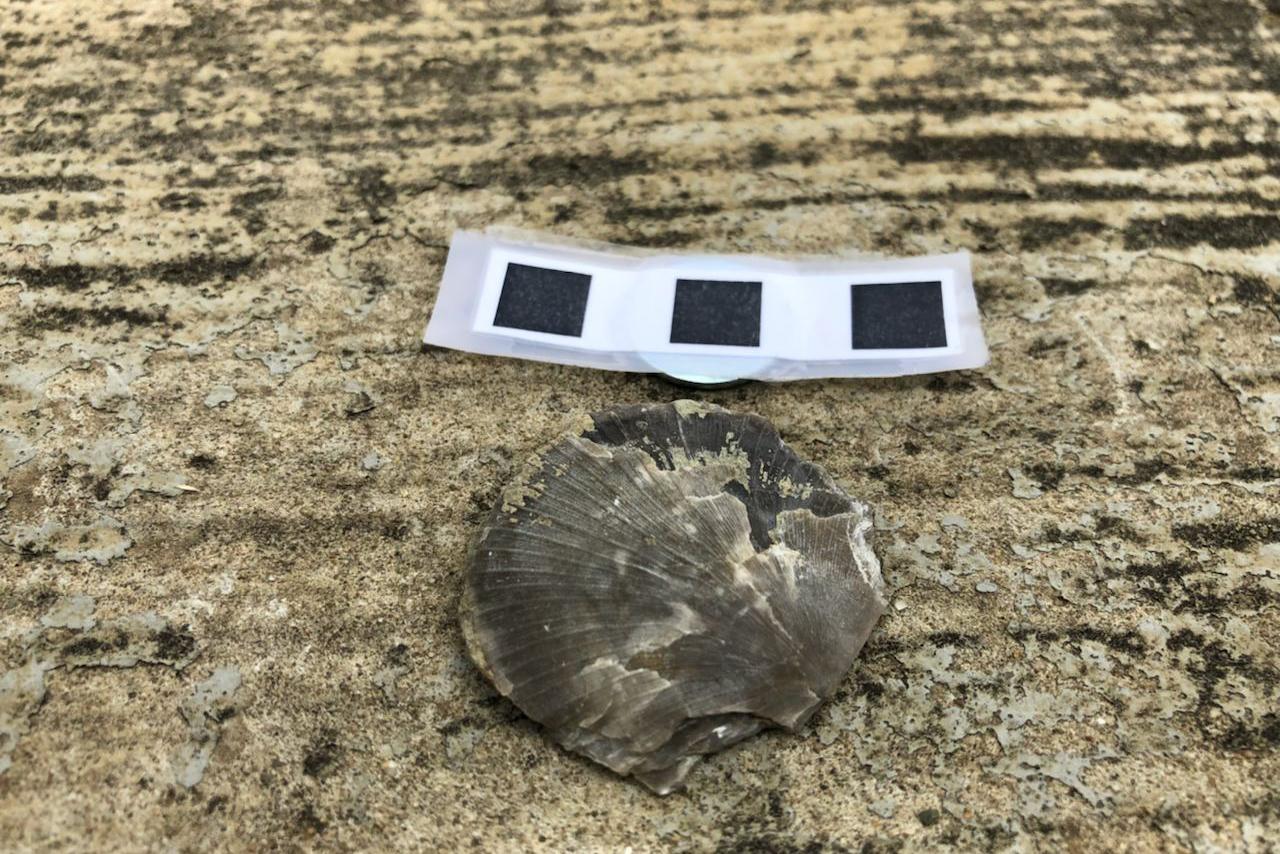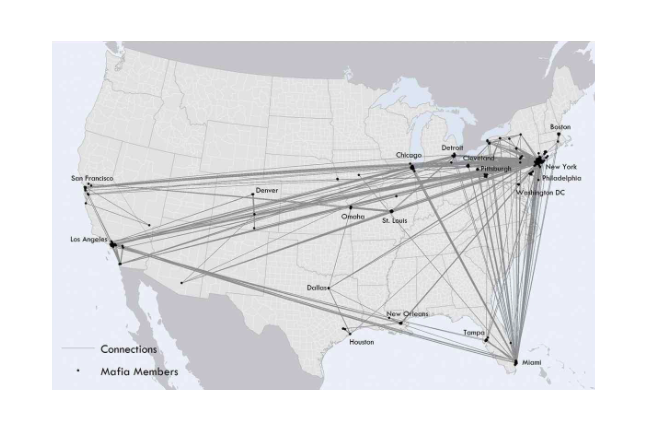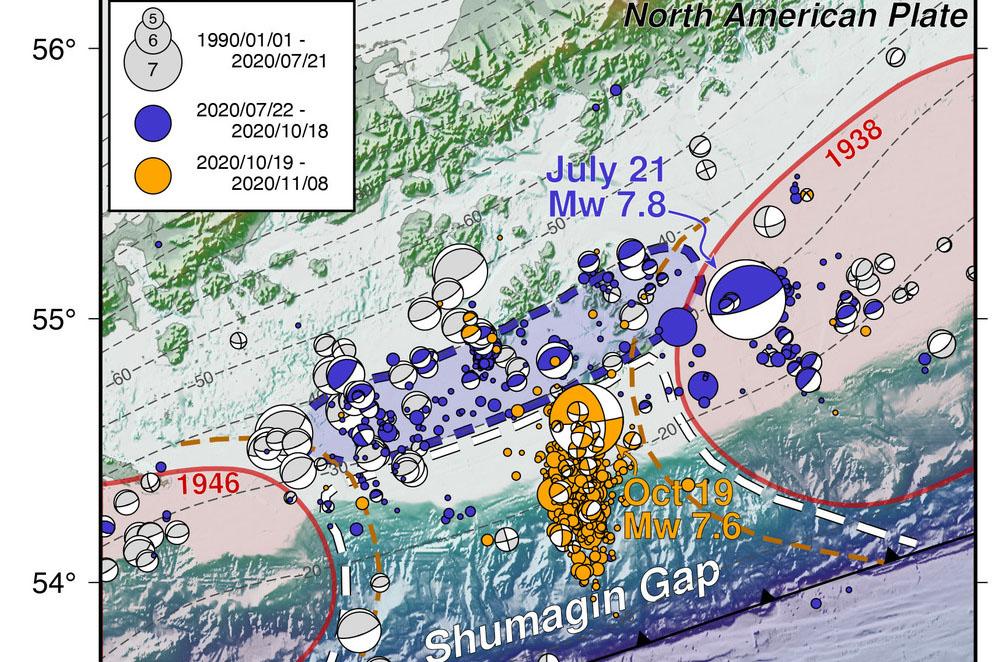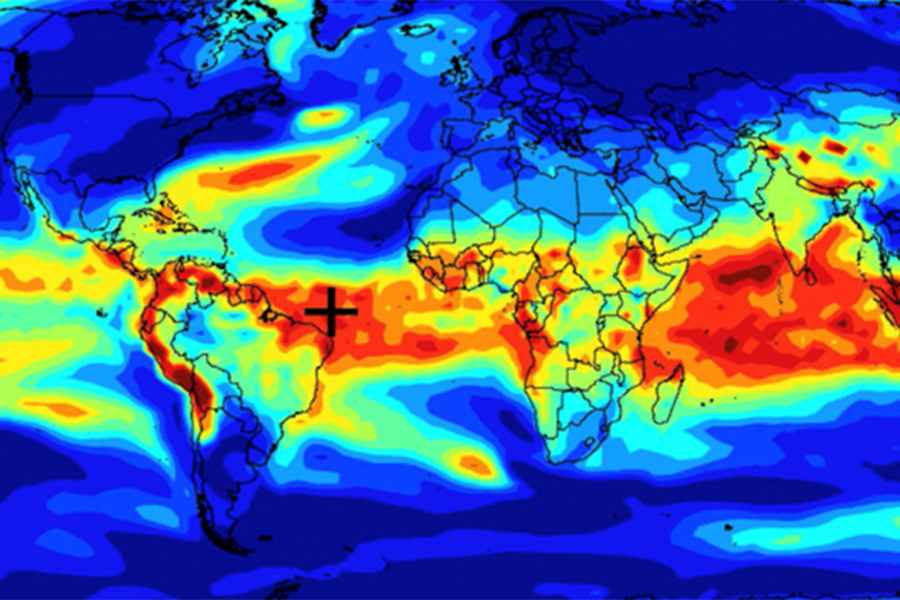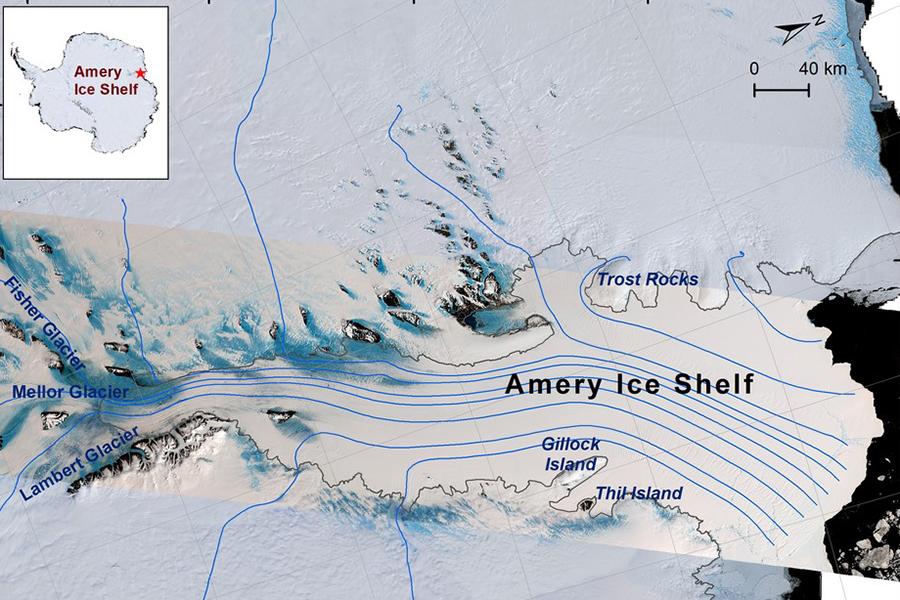Read the latest news about research conducted by investigators in the College of Earth and Mineral Sciences. Our faculty and students are continually advancing technology, creating solutions and expanding knowledge with new and innovative research.
News
A team of atmospheric chemists and lightning scientists have found that lightning bolts and, surprisingly, subvisible discharges that cannot be seen by cameras or the naked eye produce extreme amounts of the hydroxyl radical — OH — and hydroperoxyl radical — HO2.
The social cost of methane — a greenhouse gas that is 30 times as potent as carbon dioxide in its ability to trap heat — varies by as much as an order of magnitude between industrialized and developing regions of the world, according to researchers from Lawrence Berkeley National Laboratory (Berkeley Lab), UC Berkeley and Penn State.
Mass extinctions are known as times of global upheaval, causing rapid losses in biodiversity that wipe out entire animal groups. Some of the doomed groups linger on before going extinct, and a team of scientists found these “dead clades walking” (DCW) are more common and long-lasting than expected.
At its height in the mid-20th century, American organized crime groups, often called the mafia, grossed approximately $40 billion each year, typically raising that money through illegal or untaxed activities, such as extortion and gambling.
Air pollution from the burning of fossil fuels impacts human health but predicting pollution levels at a given time and place remains challenging, according to a team of scientists who are turning to deep learning to improve air quality estimates.
Penn State researchers published a perspective article on March 19 in Science, highlighting smart materials that can sense environmental changes and respond accordingly — without externally transferring data — as one avenue to avoid data overload.
The wrong type of earthquake in an area where there should not have been an earthquake led researchers to uncover the cause for this unexpected strike-slip earthquake — where two pieces of crust slide past each other on a fault — in places where subduction zone earthquakes — one geologic plate slipping beneath another — are common.
The Institutes of Energy and the Environment (IEE) created a new research theme: Urban Systems. The theme will address the essential and urgent needs for sustainable, healthy and affordable solutions for urban areas.
Volcanic eruptions, not natural variability, were the cause of an apparent "Atlantic Multidecadal Oscillation" according to a team of climate scientists who looked at a large array of climate modeling experiments.
Satellite data can help scientists measure the depth and shape of ice shelf fractures to better predict when and where calving events will occur.





